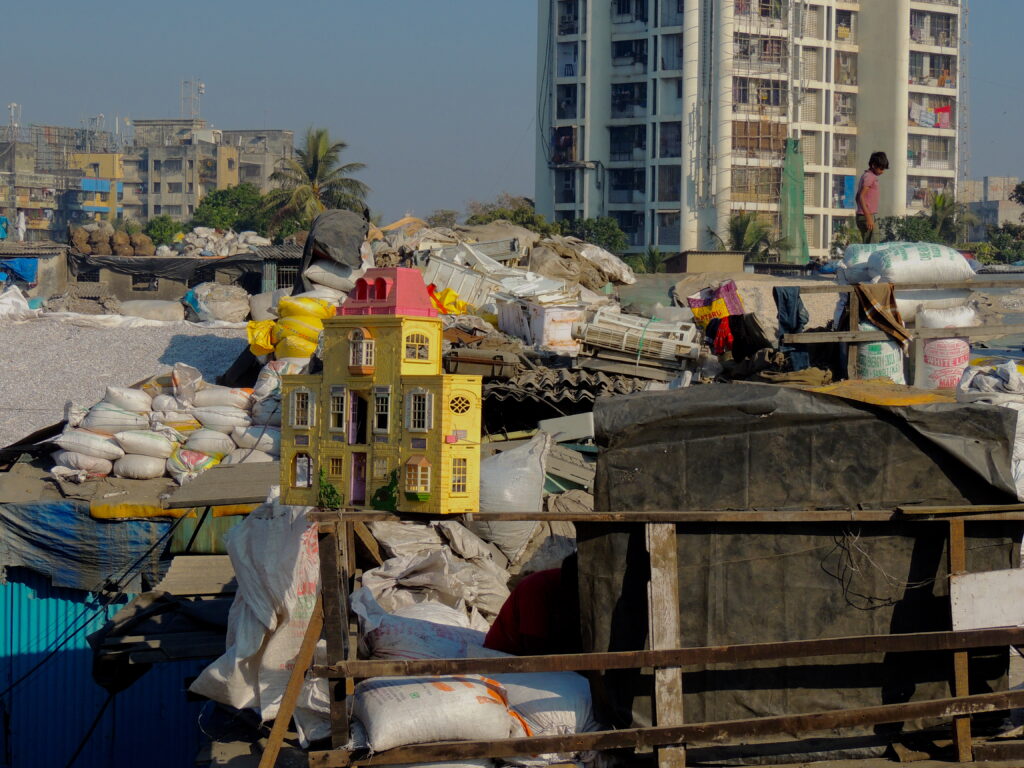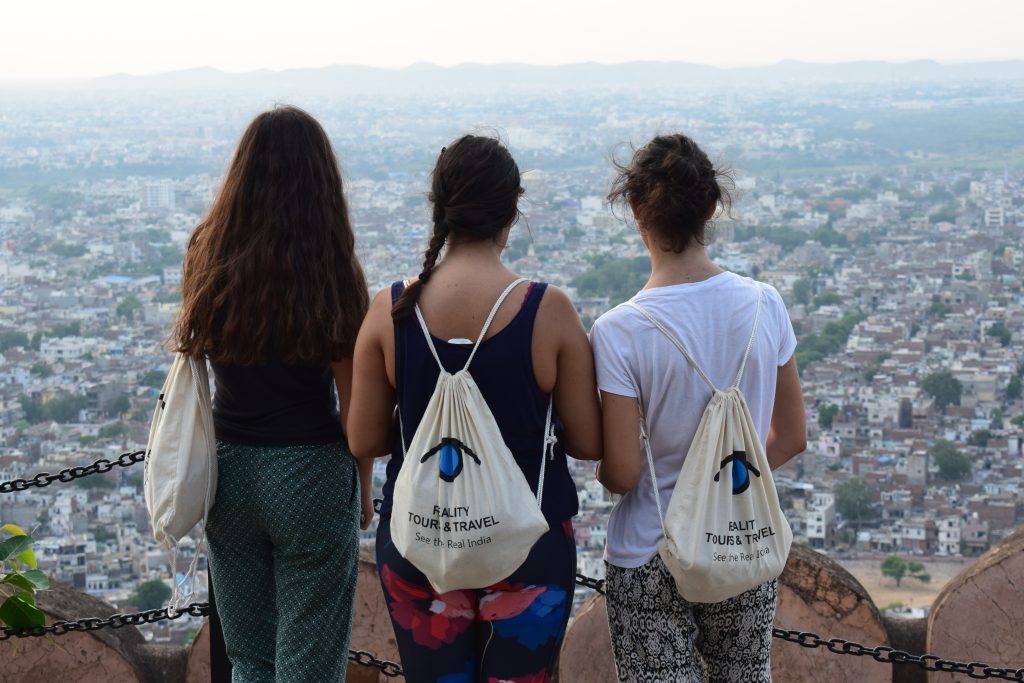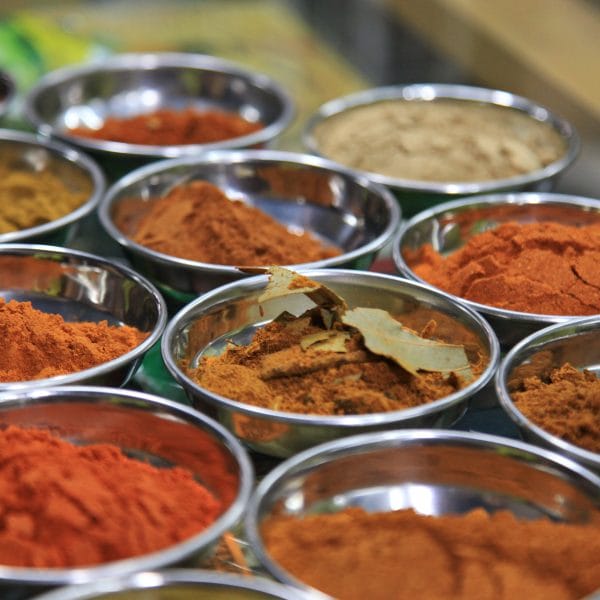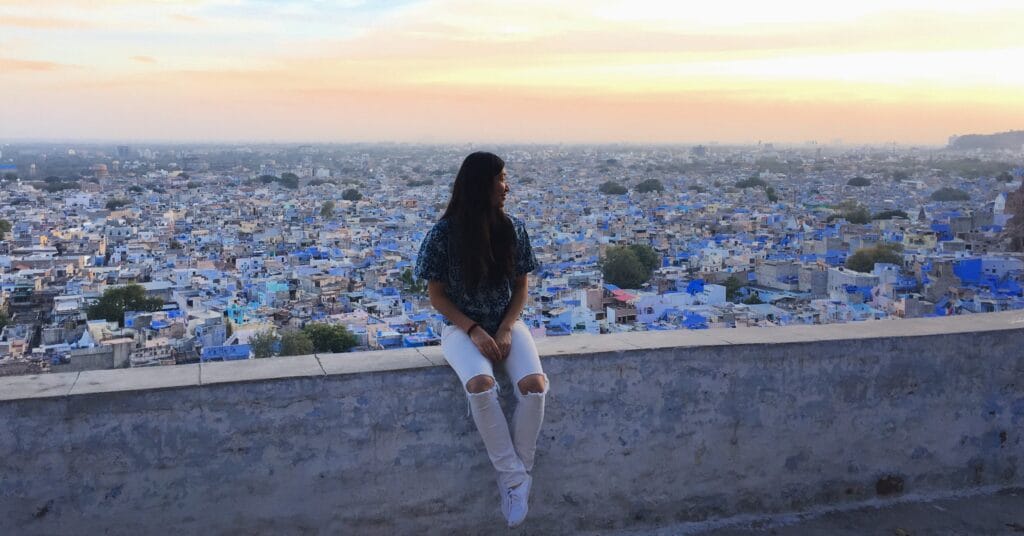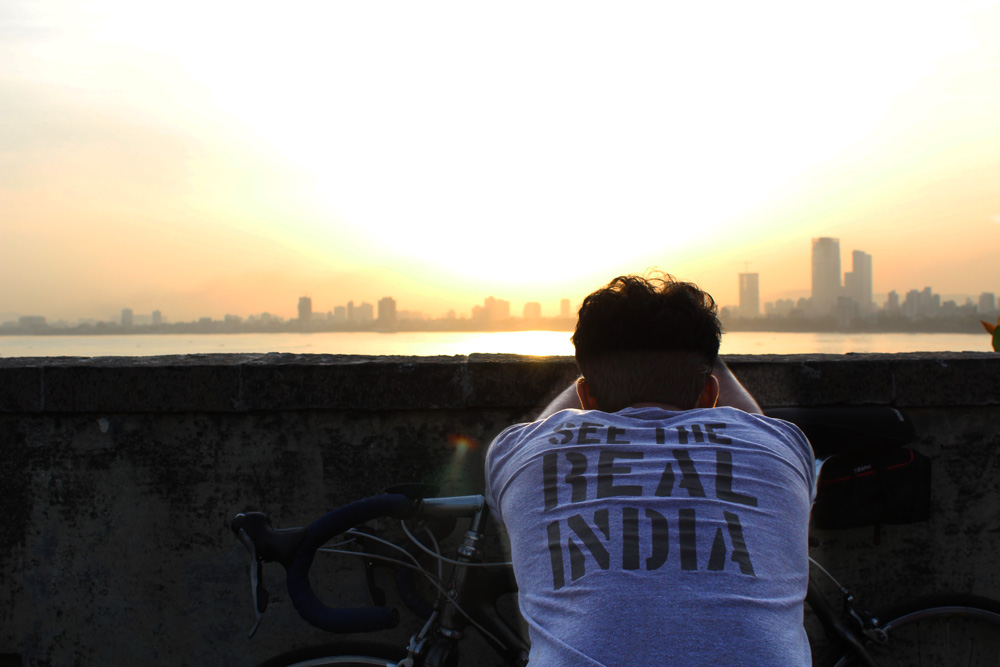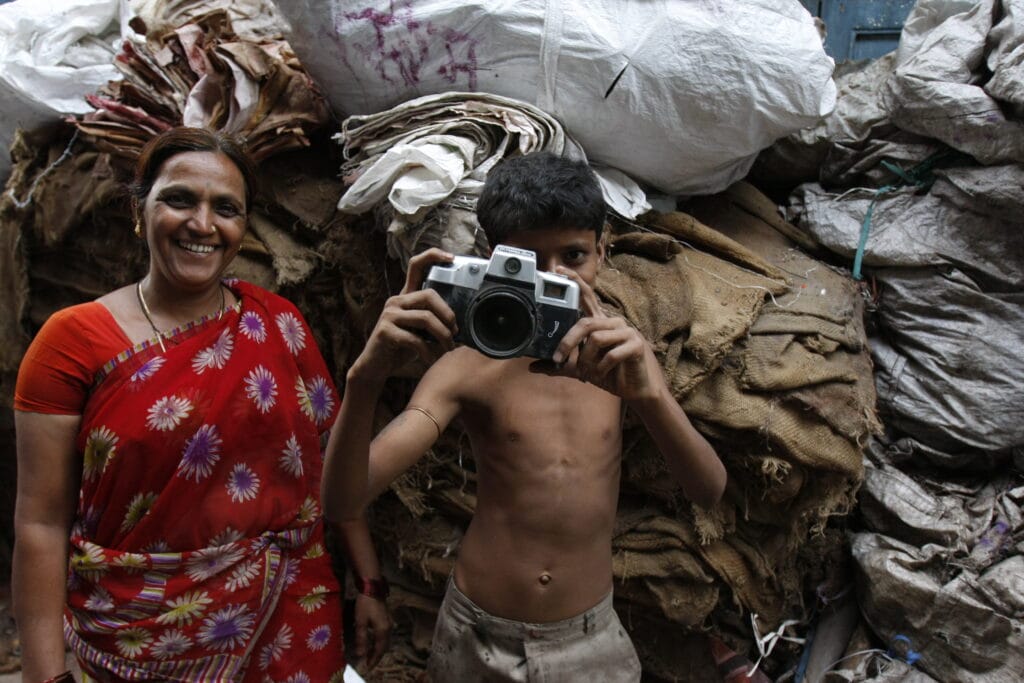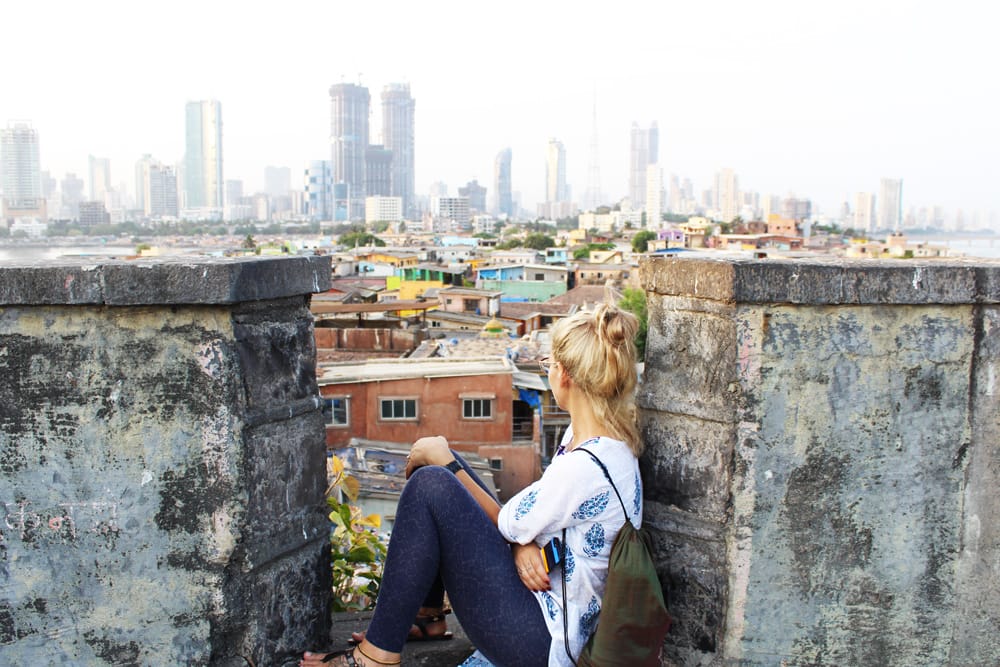Mumbai can be a difficult city for tourists; it’s hot, crowded and difficult to get around and on top of that there aren’t many famous sights to help guide your visit. But there is actually a lot to see and do once you start searching beyond the well-known sights. Instead of searching for sights to see in Mumbai, a better approach is to look for neighbourhoods to explore. Mumbai is a cosmopolitan city, rich in history and culture and each of its neighbourhoods has a unique feel and something different to offer. Here is a list of our favourite neighbourhoods to give you some ideas of areas to explore outside of Colaba.
1. Chowpatty
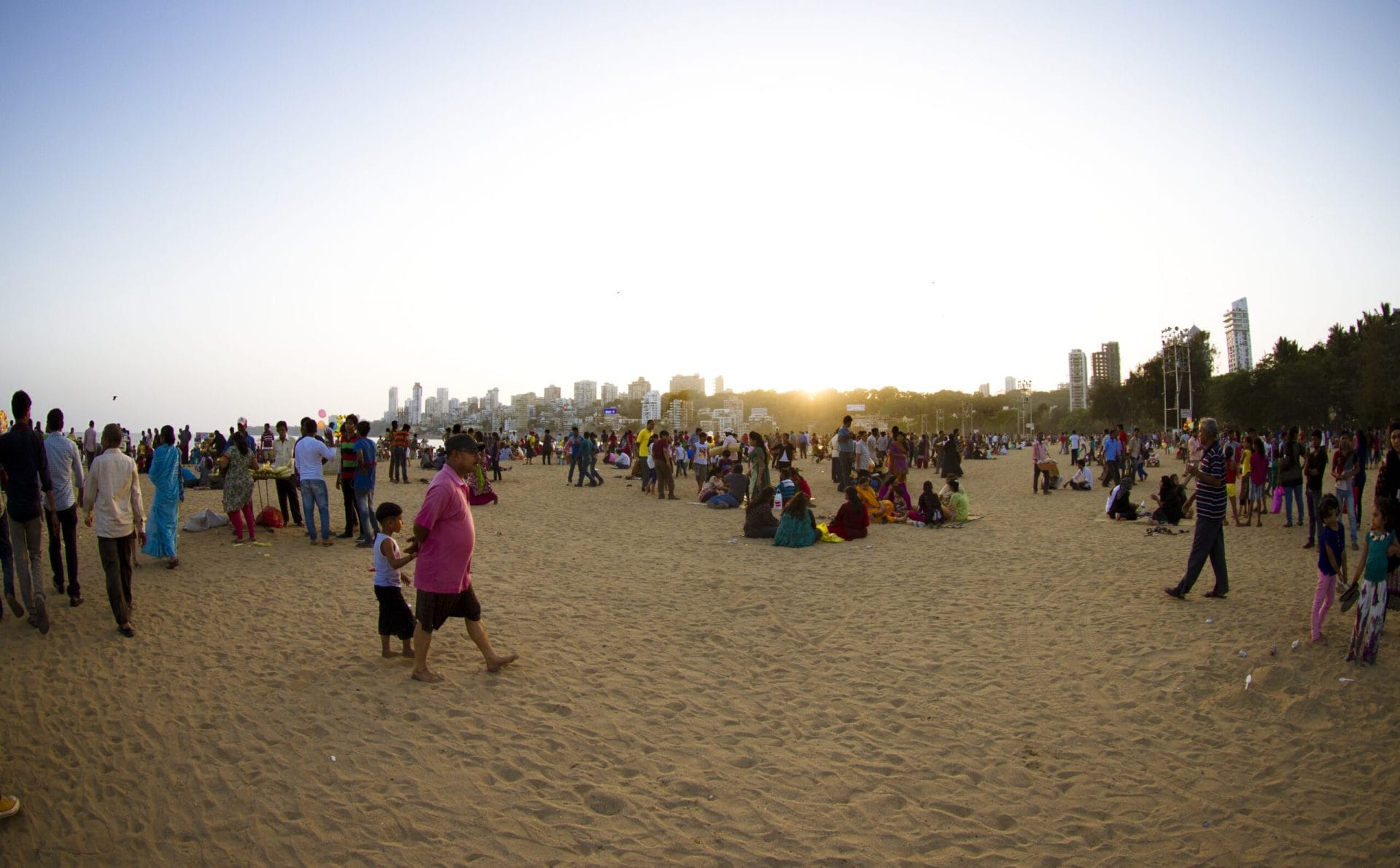
Chowpatty is mumbai’s most famous beach and the quintessential evening hangout spot for Mumbaikars. As the heat of the day begins to evaporate, head down to the beach, have a seat and take it the diverse sights, sounds and smells. A visit to Chowpatty will not be like a typical western beach experience so take some time to soak it all in. Sample some of the best street food in Mumbai by the entrance of the beach. Be sure not to miss pani puri, pav bahji and kulfi. Finally, go for a walk. From the beach, Malabar Hill is to the North and to Marine Drive is to the South, so you can’t go wrong!
How to get there:
Taxi to “Chowpatty”
Train on the western line to Charni Road, exit to the west, cross the main road (there’s a skybridge) and walk 5 minutes north.
2. Mohamed Ali Road
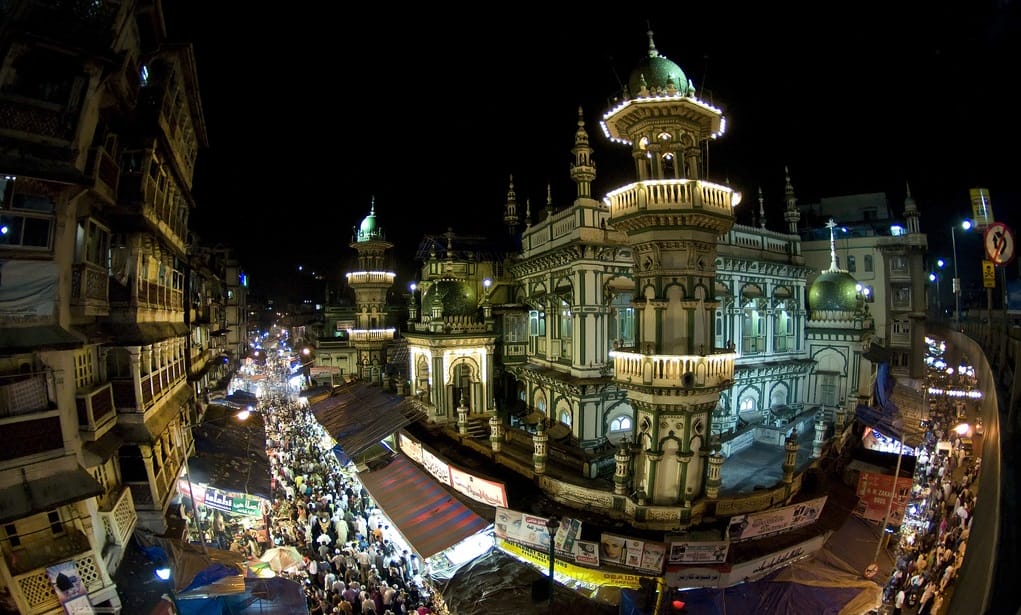
One of Mumbai’s most vibrant and chaotic neighbourhoods, the Mohamed Ali Road area is a must-see for any adventurous traveller. It is home to Mumbai’s largest Muslim population and it is the epicentre of the city’s Ramadan festivities (we run a special street food tour at this time of year). But you don’t need to wait for iftar during Ramadan to sample the delicious non-vegetarian street food in this area. In addition to food, Mohamed Ali Road area is worth the trip for its markets: Nul Bazaar (meat, fish and vegetables), Bhendi Bazaar (food), and Chor Bazaar or “Thieve’s Market” (literally everything you can imagine).
How to get there:
Train (but will still require a walk or taxi after):
- Central/Harbour lines to Sandhurst Road.
- Western line to Charni Road or Grant Road
Taxi to “Minara Masjid.”
3. Malabar Hill
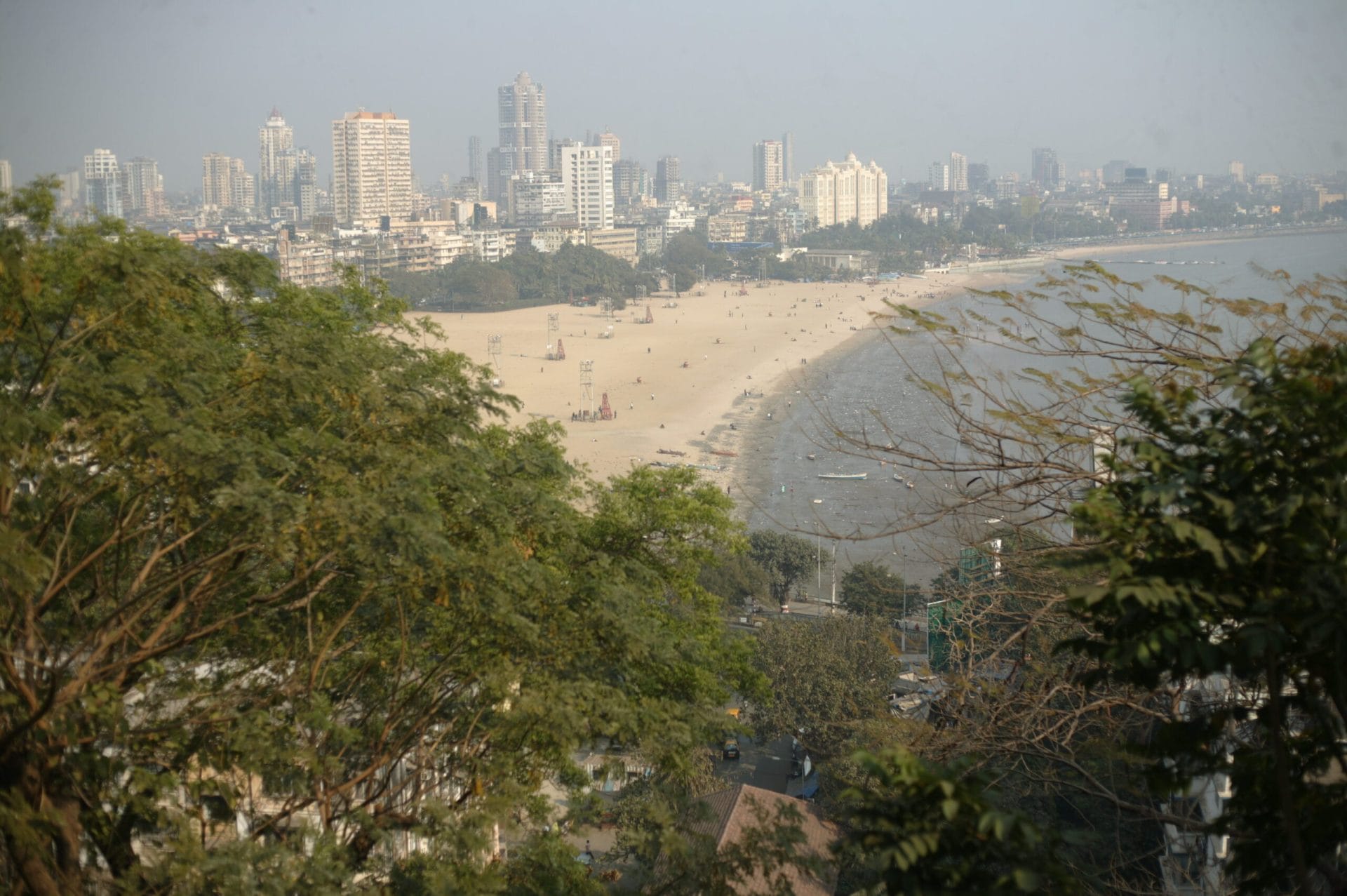
Boasting some of the most expensive real estate in the world as well as the world’s most expensive house, Malabar Hill is the perfect illustration of the extreme inequality that exists in Mumbai. Wander up the hill from Chowpatty beach and beneath the tree lined path you will forget that you are in a city overflowing with more than 20 million residents. At the top search for a beautiful Jain temple and the Hanging Gardens. Looking North from the garden, you will be able to spot the Ambani House and if you look to the south you will get an eye-popping view of Chowpatty Beach and Marine Drive. If you visit at night you will understand why Marine Drive is called the “Queen’s Necklace.”
How to get there:
Walk north from Chowpatty and go up the hill.
Taxi to the “Hanging Gardens.”
4. Worli
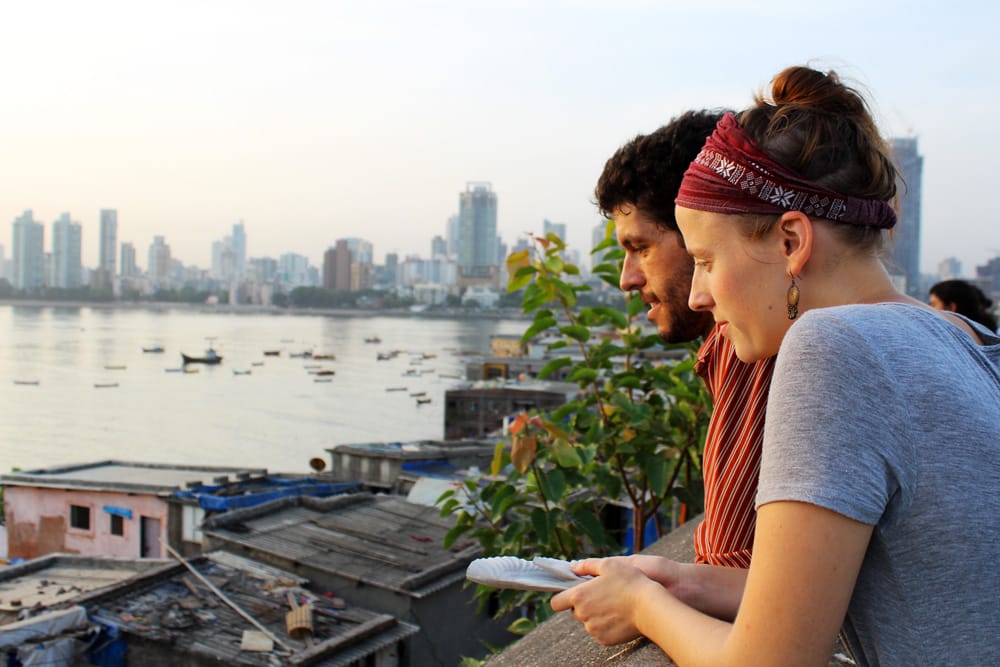
Worli is the neighbourhood located just before the Southern on-ramp to the modern architectural beauty, the Bandra-Worli Sealink Bridge. But before you hop across it to explore Bandra, Worli is well worth checking out. The Worli Seaface is the widest sea face after Marine Drive and it is a great place for an evening stroll to take in the sunset. Just on the other side the entrance to the Sealink, is a small fisherman’s village called Koliwada that is precariously sticking out into Mahim Bay. If you venture into this neighbourhood you will be rewarded on the far side with an extraordinary 360 degree view from the top of a fort. Check out our post on Koliwada for more information.
How to get there:
Train to: Elphinstone Road. Exit to the west.
Taxi to “Worli Seaface.”
5. Mahim/Matunga
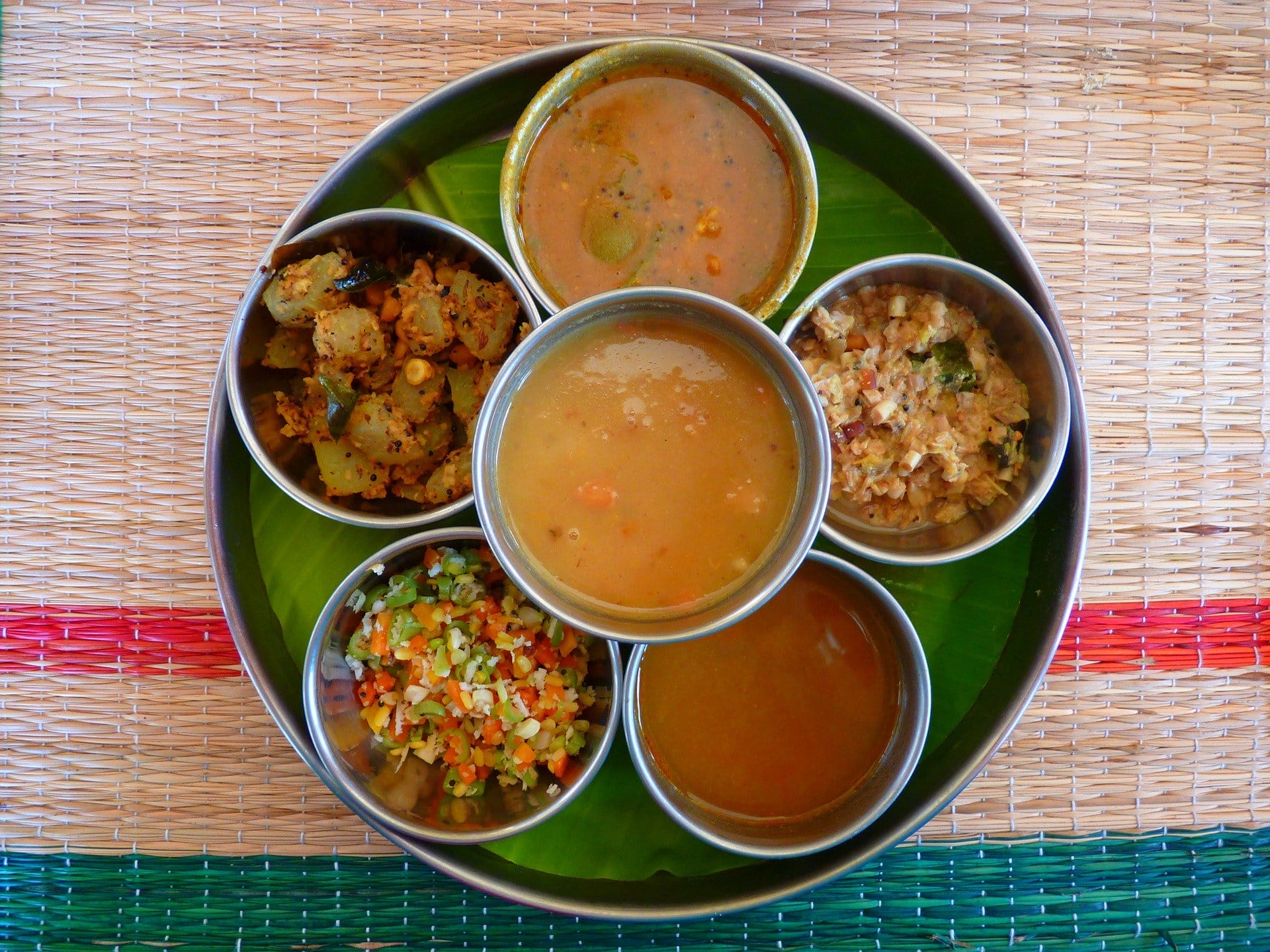
Sometimes referred to as the “Paris of Mumbai,” the Mahin/Matunga area is characterized by wide, relatively quiet, tree-lined roads. This area is also home to the best South Indian food in the city. Try a South Indian Thali served on a banana leaf at Ramanayak Udipi near Matunga (East) Station. Or try all of the South Indian classics at the Mumbai institution, Madras Cafe located on King’s Circle.
How to get there:
Train to: Mahim Junction or Matuga Road (Western Line) or Matuga East (Central Line)
Taxi to: “Kings Circle”
6. Dharavi
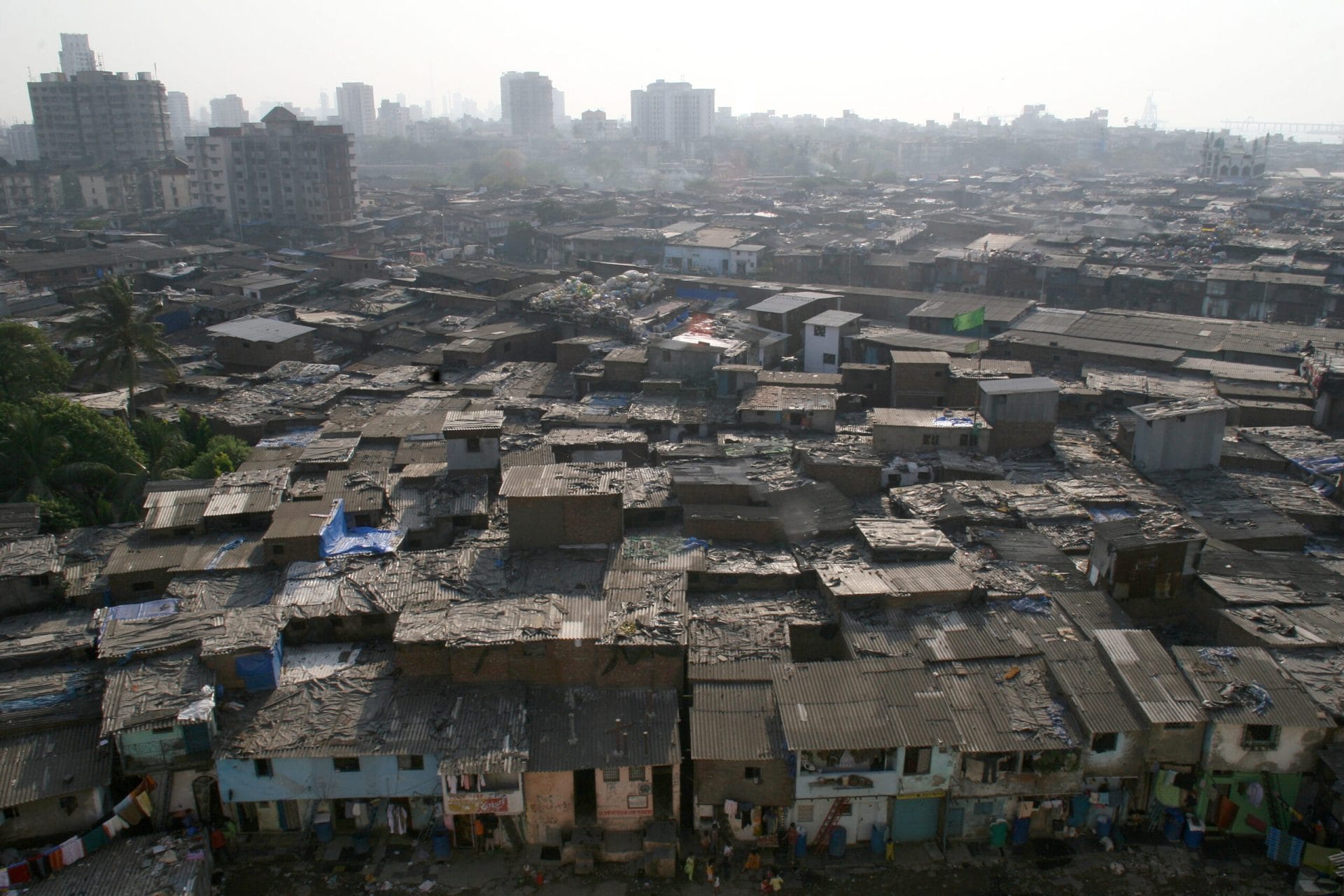
60% of Mumbai’s population lives in slums. If you truly want to get a sense of how Mumbaikars live then you need to get away from Bandra and Malabar Hill and learn about what life is like in one of Mumbai’s many slums. The most interesting and most accessible slum for travellers is Dharavi which is home to about one million people and is located on one square mile of land in the centre of Mumbai. With an estimated $665 million in annual turnover from it’s 15,000 hutment industries, Dharavi will almost certainly shatter your preconceived notion of what a slum is. While you can go to Dharavi on your own, it is strongly recommended that you go with a guide, not for safety reasons but to get the most out of your visit. In 2.5 hours you can learn about 9 different industries and visit several different residential neighborhoods.
How to get there:
7. Bandra
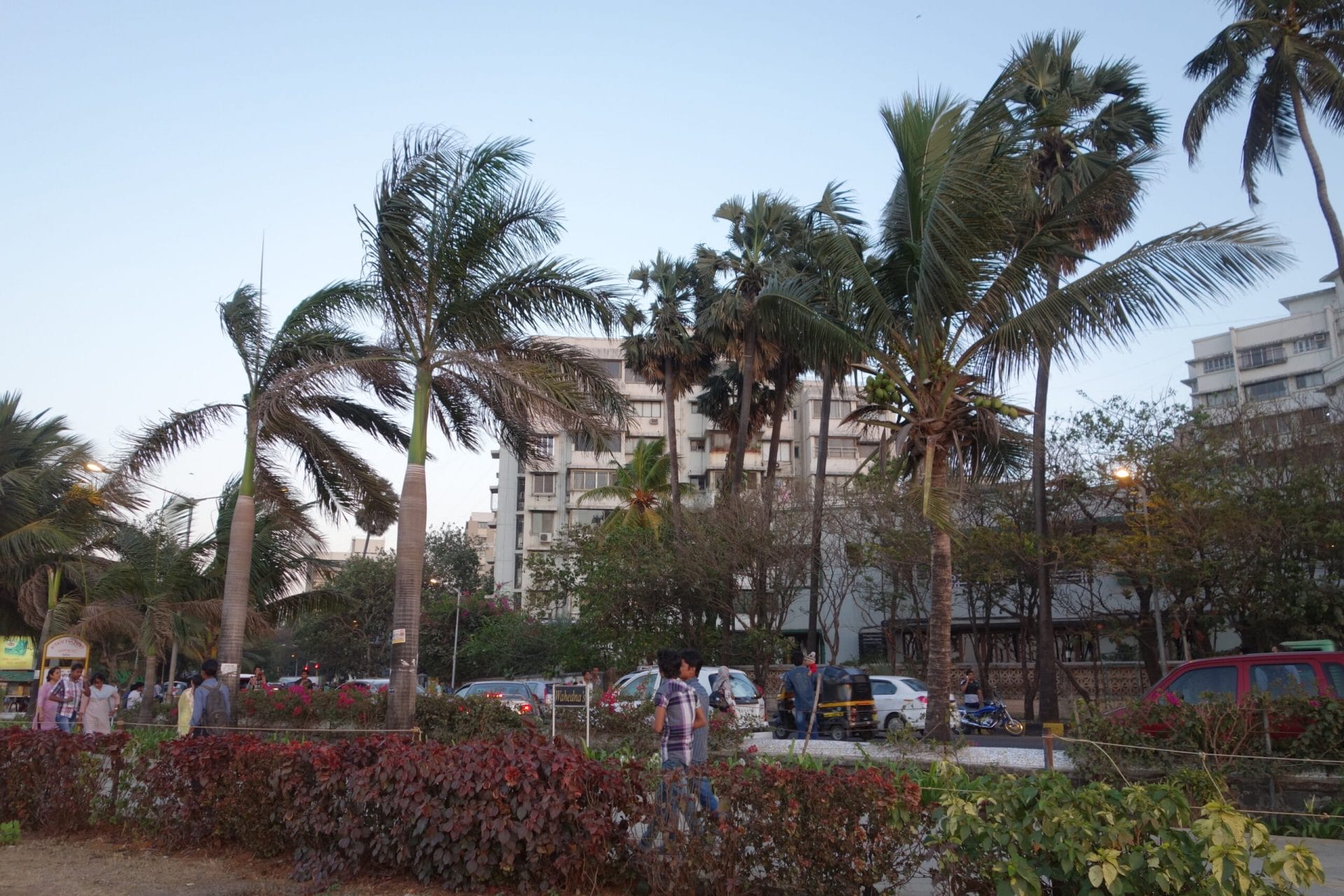
Bollywood stars, expats, and never ending restaurants, bars and designer stores define this posh Mumbai suburb. But beneath its stylish surface lie some of Mumbai’s quaintest neighbourhoods. Nestled right next to main roads clogged with traffic, classic Bandra neighbourhoods are waiting to be discovered. These neighbourhoods have been swallowed up by the city over the years on its relentless march north. Spend some time exploring during the day and then stick around for dinner or a drink at one of the many fantastic bars or restaurants.
For a deeper look at Mumbai’s nonstop energy and nightlife, check out our guide Mumbai – a Visit to the City Which Never Sleeps.
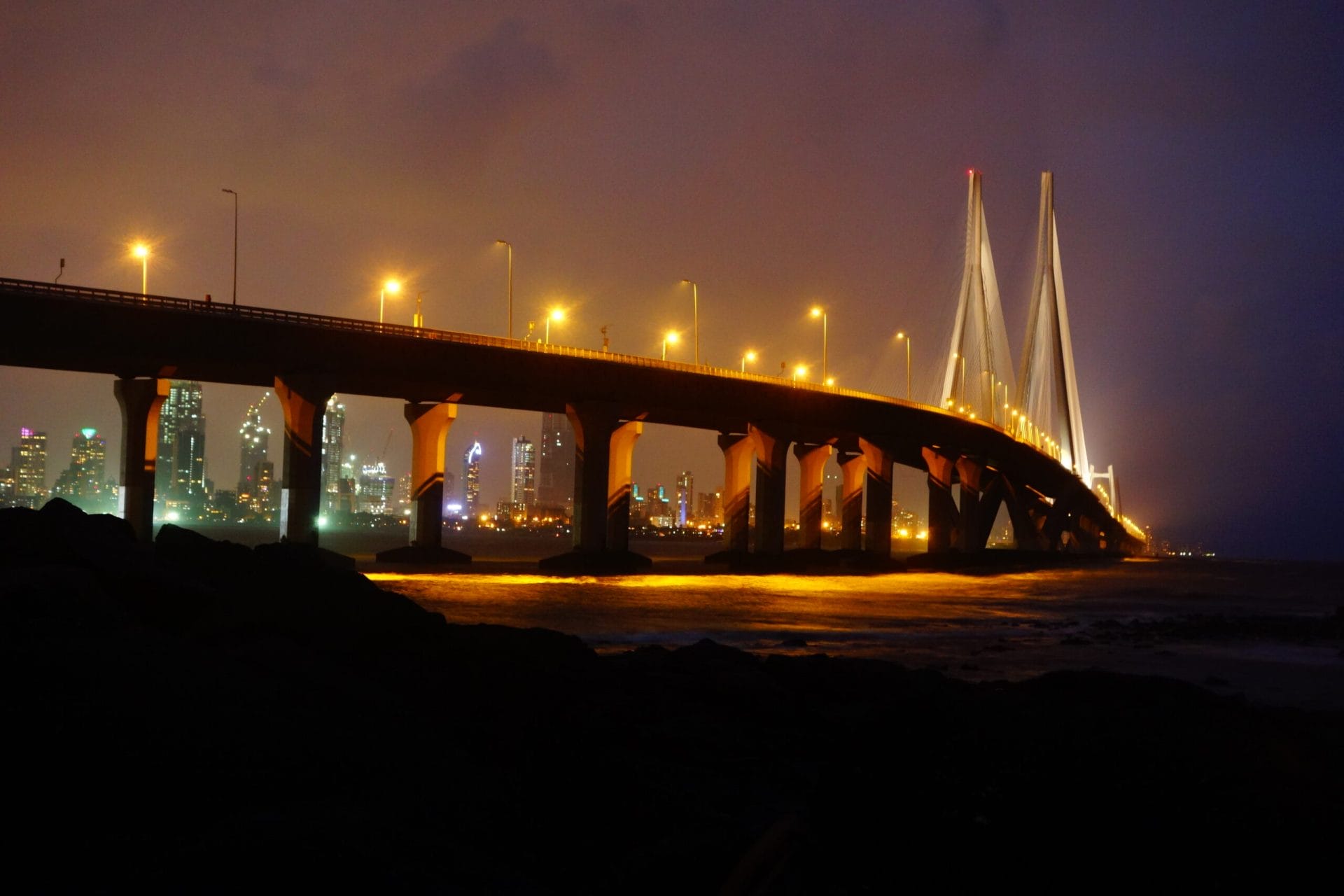
How to get there:
Train to Bandra Station on the Western line. Exit to the west and take the sky bridge. Descend at Lucky’s restaurant and walk into the small lane lined with eating stalls. Continue west and you will find Bandra Bazaar (you can also ask anyone). From there, Pali Hill is to the north. It’s a 10-15 minute walk (just ask anyone for directions) or jump in a rickshaw. It should cost about Rs 20.
Taxi/Rickshaw to “Bandra Bazaar” or “Pali Hill.”
8. Juhu
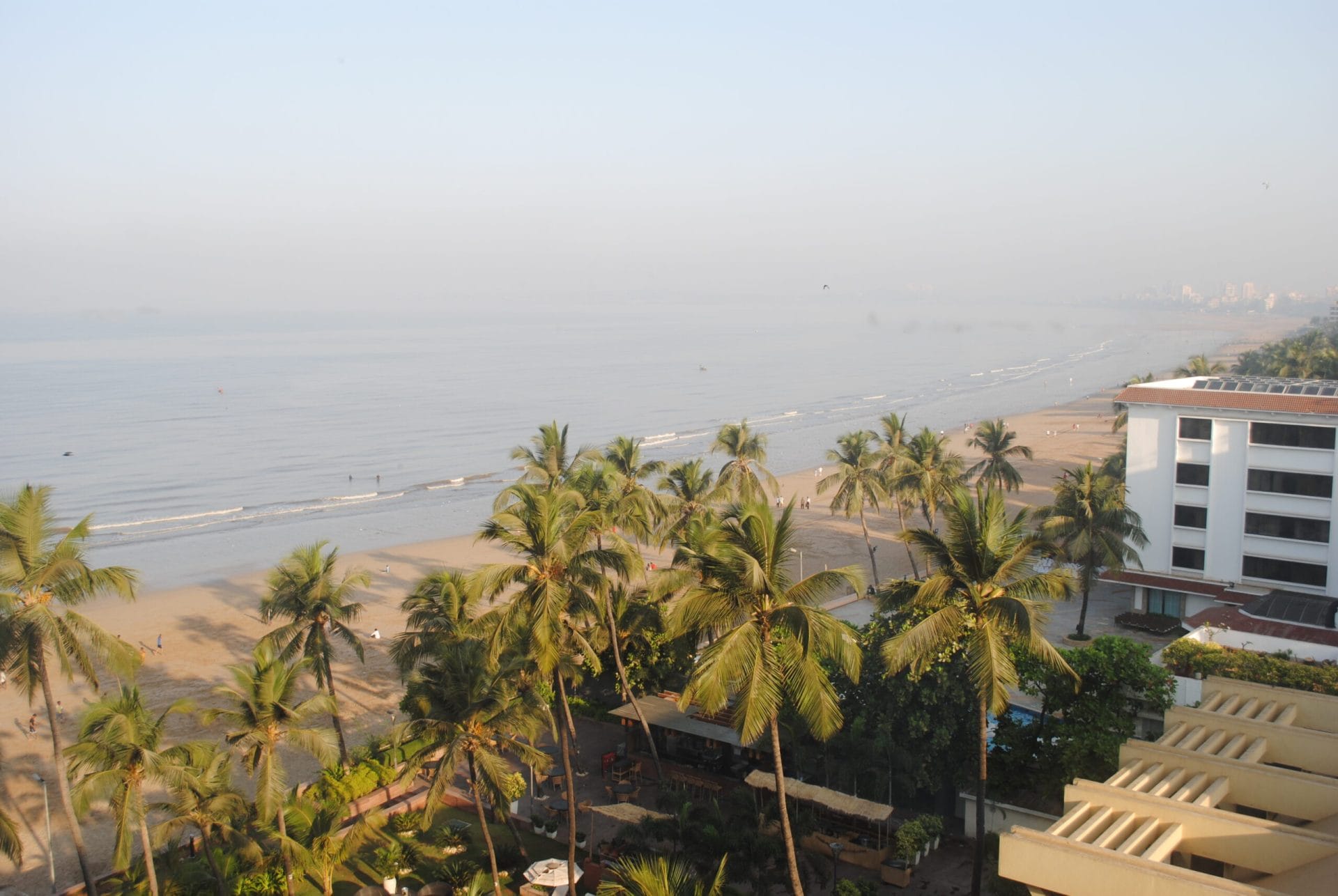
With its many restaurants, cafes, night clubs, and hotels, Juhu competes with Bandra for the title of Mumbai’s most posh suburb. It is also home to some of the biggest names in Bollywood, such as Amitabh Bachchan who has 2 bungalows. On Sundays you can see long queues of Bachchan’s biggest fans waiting for him to give them a waive. But compared to Bandra it has a much more peaceful and residential feel. This does not, however, mean there is a lack of things to do.
Visit the temples area which is home to the world famous Hare Rama Hare Khrisna Mandir (also called ISKON Temple) and the Hindu Shree Mukteshwar Devalaya Mandir (just opposite ISKON). Take a stroll on the beach and enjoy its street food stalls (this is a less touristy, although no less crowded, alternative to Chowpatty). Take a walk around Juhu Parle Scheme for a series of lovely Bungalows owned by business and film industry families. If the Mumbai heat and crowds are getting to you, take a break and swim and sunbathe at Sea Princess Hotel or Novotel sea view pools. In the evening, Aurus is great restaurant for a sunset aperitif or dinner.
For tips on smooth travel from the airport to Mumbai’s city center, see our guide Welcome to Mumbai: Getting From the Airport to the City Centre.
How to get there:
For the beach:
Taxi or rickshaw to “Juhu Beach.” From there you can walk to the temple area
Directly to the temples and the heart of Juhu:
Taxi or rickshaw to “Hare Rama Hare Krishna Mandir/ISKON Temple”

